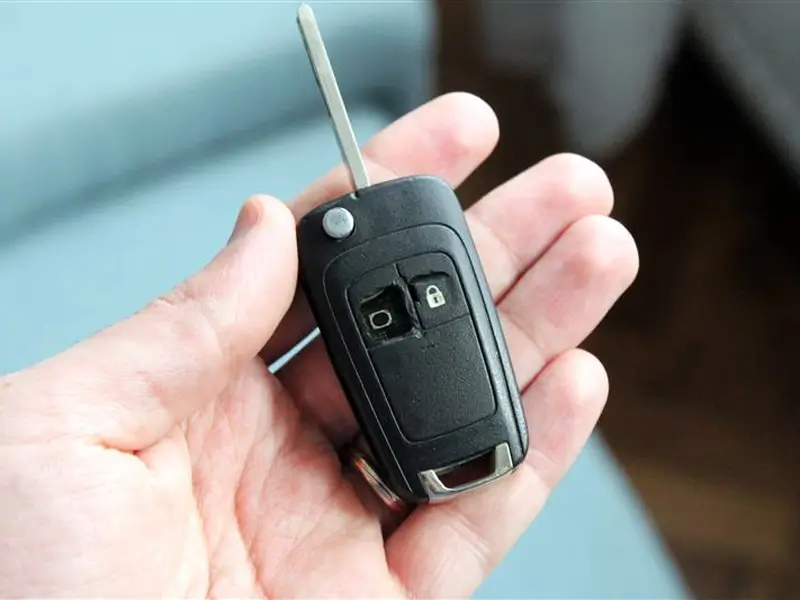
Transponder keys were designed as a security device to protect your vehicle from theft. Though, as beneficial as this technology has been for us, it can sometimes be a major cause of headaches.
If you find yourself with an unresponsive transponder, you have a couple of choices. You could contact a local and licensed locksmith and have a professional handle everything for you – getting you back on the road in no time. Or, you could try to program the transponder key yourself.
How a Transponder Key Works
Transponder keys contain a microchip inside of the plastic head and this microchip comes programmed with a unique identification code. This code communicates with your car’s computer or ECU (electronic control unit). When you use the right key, the car’s ECU authenticates the special signal transmitted by the microchip, and deactivate the engine’s immobilizers so that you can start your car. If you try to use a basic metal key or a wrong key (which is not synced to the car’s computer), then the immobilizer stays active and the engine won’t start.
This security feature makes transponder keys highly secure as hot-wiring or using an unauthorized duplicate key without proper programming will not be able to bypass this smartelectronic verification process. This is why losing your transponder key can be troublesome.
Can you program a transponder key without the original?
So, what happens when your transponder car key goes missing?Thankfully, though, by following a few steps, you can program a transponder key without the original and hopefully start your engine successfully. Please note that this is the guide on how to program a transponder key when you don’t have the master key. In that case, you will still need a new key cut to fit the ignition.
Let’s take a look at the necessary steps.
Step 1: Sitting in your car with the doors closed, place the transponder key in the ignition of your car and turn it into the ON position. Do not turn the engine on. You will want to keep this on for a precise 10 minutes and 25 seconds – so use the timer on your phone to ensure you get the timing right. At this time, the security light on your dashboard will light up. If it doesn’t, you may need to check your battery.
Step 2: Once the security light illuminates, set the timer again – this time for 15 minutes. Remember, you must be meticulous with the time. After it elapses, the security light on your dashboard should go off.
Step 3: Three minutes after the security light turns off, turn your ignition OFF – and then turn it right back ON again. When you do, the security light should reappear and stay on for another 15 minutes before it shuts off again.
Step 4: As the security light on the dashboard disappears, wait 3 minutes and then turn the ignition OFF – and then turn it right back ON again. And, as predicted the security light will illuminate on the dashboard for another 15 minutes before the light turns off.
The transponder key should now be programmed to your automobile. Try turning on your engine with the key as it should start now – and allow you to drive without any issues.
An important note: Once you program a new transponder key for your car, your original transponder key will no longer work.
Help From a Professional Locksmith
Programming a transponder key can be a time-consuming task. You may run into errors, you may not want to deal with it yourself, or, depending on the make and model of the car, this simple process may not work. Some car key programming processes may require specialized tools and software, making it challenging and often difficult to perform it on your own. So, it is best to hire a professional locksmith in Dallas, TX to cut you spare keys, program newly cut keys and fix any programming issues with your transponder keys and key fobs.
At Texas Premier Locksmith, we don’t want you to feel stranded without a transponder key. Let us help you get back in your car and on your way quickly. In case of a lost or stolen key, we will delete the old key from the car’s memory. With locations and a mobile crew of professionals throughout many areas of Texas, we are just a phone call away. Contact us at (972) 301-2292– 24 hours a day.
